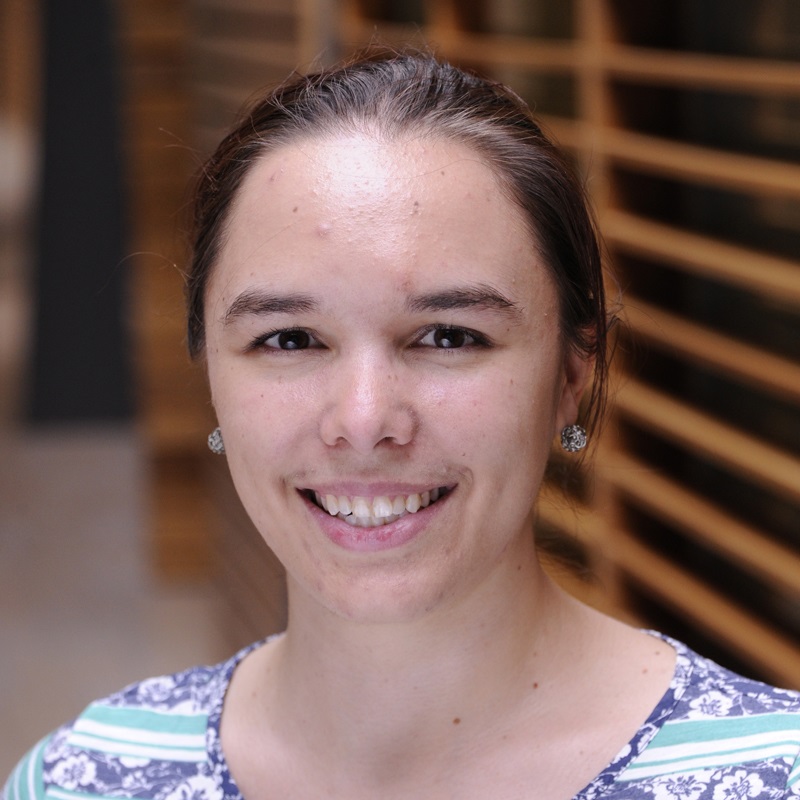Bringing inclusive event practices to a wider audience


Babraham Institute
What is the reception of inclusive event practices at a scientific conference? The Babraham Institute shares what they learned putting ideas from EDIS into action and what we’ll be doing in future.
The Equality, Diversity and Inclusion in Science and Health (EDIS) symposium in September was a testing ground for many types of inclusive conference practices in a mainstream science, technology, engineering and maths (STEM) setting. Ideas like pronoun badges, live speech transcription and silent clapping aren’t new but they aren’t widely seen at science events yet. The Babraham Institute (BI) had a large event with international attendees just over a month later, the EU-LIFE Annual Scientific Meeting on Signalling & Gene Regulation in Health & Disease, and we decided to put some of the ideas we saw in practice at EDIS into action ourselves. The EDIS symposium was set completely within a context of diversity and inclusion issues but how did these ideas fare in a more traditional science-focussed setting? Here’s a summary of the reception we got and what we learned when designing an inclusive scientific event.1. Organisers are open to ideas
EU-LIFE is an alliance of 13 life science institutes from across Europe with researchers from a variety of backgrounds and cultures. We included a code of conduct, influenced by EDIS and other sources, in the programme for the first time of this annual event. We wondered whether people would raise why this was even needed, but actually it got a positive reaction from organisers.
2. Changes will take time
While everyone made use of the pronoun badges at EDIS, there was little appetite for our BI pronoun badges – perhaps because they are emblazoned with the BI logo – but also potentially because people are not necessarily familiar with what they are for. This isn’t a judgement on the attendees; it’s an example of the importance of education and context.

Going forward there will be many opportunities to make scientific events more inclusive. The EU-LIFE event featured was a good opportunity for the Babraham Institute to try some things and learn from them. Here’s what we plan to do in future.
3. Learn from other organisations
The importance of welcoming and inclusive conferences is gaining ground in the public consciousness, so many groups are writing about their own experiences, publishing best practice guides and conducting research. Other sectors like social sciences and education are ahead of STEM on this, so there are a wealth of resources we can access to help us improve.
4. Figure out how to prioritise different accommodations
One of the trickiest things about trying to be inclusive of many different people is that some accommodations are mutually exclusive. The best practice for autism-friendly visuals is to use muted colours that won’t over-stimulate, but for people with low vision high-contrast colour schemes are best, and considering various forms of colour-blindness adds a further dimension. Another reality that needs to be acknowledged is that many inclusive practices cost money and take more time to organise. This isn’t to say that we shouldn’t do them, in the long run widening participation will pay huge dividends of better science, but organisers always like to keep budgets lean and these sort of benefits often aren’t immediately obvious. Going forward, we will have to figure out how to best use our current resources to maximise inclusivity and create convincing cases for resourcing inclusive practices. Another thing we will consider is the pace and scale at which we introduce changes. The last thing we want is backlash because we push too far, too fast.
5. Provide context and explanations for changes
For people who have never had to think about certain issues, it’s not always obvious why changes are necessary. To get more people on board, we need to provide explanations. For example, when we offer pronoun labels in future, we’ll make sure that we have information that gives context.
Ultimately, creating inclusive events is important not only for moral reasons but also because it will produce better scientific outcomes – enabling all researchers to talk about their science, not just those who thrive in the traditional environment. EDIS will be a powerful tool for sharing best practices and encouraging change in this area. Just as organisers now make efforts to avoid ‘manels’, together we can reach a critical mass where inclusive practices are commonplace and even expected.
After working for 10 years as a researcher studying the genetic underpinnings of human diseases in mice, Elizabeth Wynn became the Equality and Diversity Manager at the Babraham Institute a year ago. She works to realise a broad vision of inclusion in research allowing people from all sorts of backgrounds to thrive.
